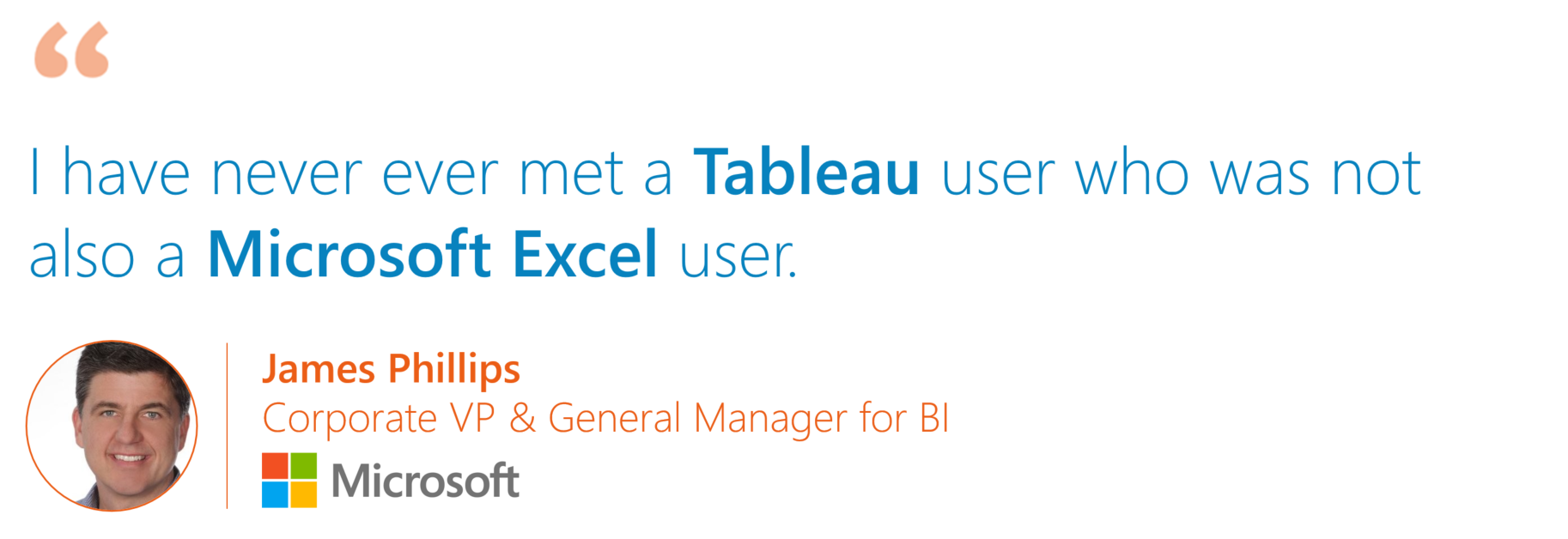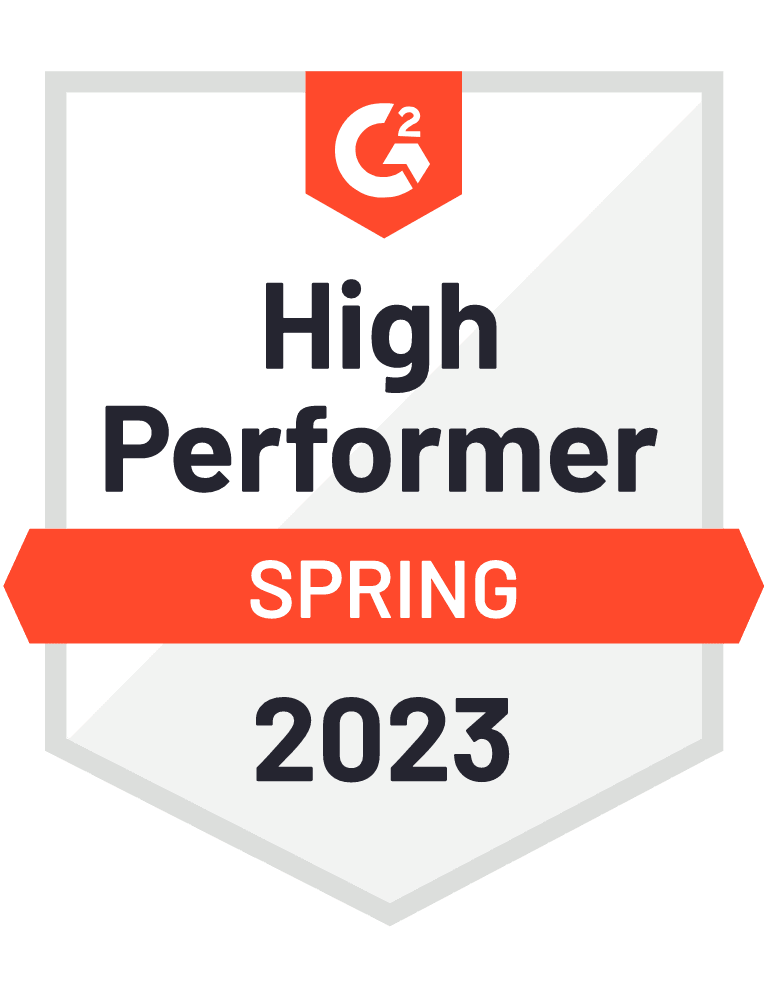The dynamic and ultra-competitive business environment of investment banking is being driven more than ever today by flux and transformation. It is why those investment bankers tapping into the powerful value of Business Intelligence (BI) are winning the edge over rivals. BI technology now allows bankers to transform and aggregate large data sets into interactive and easy-to-consume visuals. The ability to create responsive client pitchbooks is not just functional. It is empowering. Here we’ll reveal the specific benefits of BI for investment banking and offer insights into how to make full use of this new technology growth lever.
Easy analytics at your fingertips
In these fast-moving times, clients rarely have the time or appetite to read vast reports any longer. Presenting this information in responsive and interactive format offers a much better fit for client needs. BI tools are designed to address this issue. They deliver numerous practical benefits for investment bankers:
– Relevant insights. Whether the client meeting requires an overall picture of corporate performance or a bird’s eye view on specific data, BI allows for highly customised metrics.
– Automated analytics. BI frees up time to focus on important decisions and matters such as customer satisfaction.
– Beautifully-designed dashboards. BI dashboards are designed to communicate the key information of a pitchbook in a straightforward, impactful, graphic way, through visual charts, tables and figures.
What solution to choose?
According to a 2018 Gartner report, data visualisation is the most important BI benefit. It is also a huge opportunity for investment bankers to meet their client’s expectations by presenting them data in a graphic form. The human brain processes images 60,000 times faster than words: by using data visualisation, the client can more easily understand the significance and the relevance of the data.
In this segment, it is Microsoft Power BI and Tableau that are the two market leaders. Both are identified for their completeness of vision and ability to execute. The two are very similar products, but with key strengths and weaknesses:
Tableau, founded in 2003, was the pioneer of data visualisation and has been the market leader for a long time. The range of visualisations, user interface layout, visualisation sharing, and intuitive data exploration capabilities have an edge on Power BI, thanks to their 10-year head start. Designed to fulfil any data analytics need, Tableau is equipped with plenty of connectors and visualisations to help you build dashboards and reports in minutes. You can opt to work with live data or load your sources altogether to Tableau. Once your data sources are connected, the app goes to work on preparing and cleaning the data based on your parameters. The collaboration feature also facilitates group analytics, with most functionality collated on a public dashboard.
Tableau, however, comes at a cost. Tableau projects are often accompanied by data-warehouse-building endeavours, which compound the amount of money it takes to get going. To this, you must add the incremental cost of Tableau licenses. Overall, the investment required is the indicator of the commitment needed to get the most out of Tableau.
Power BI is Microsoft’s data visualisation software. Launched in 2013, it has quickly gained ground on Tableau. Gartner’s most recent BI Magic Quadrant rates Power BI as equal to Tableau in terms of “functionality”, but views Microsoft as outpacing Tableau for “completeness of vision”.
The biggest strength of Power BI – and a weakness at the same time because competitors such as Google and its G Suite are gaining ground – is that it is embedded within the greater Microsoft stack. No one can deny the might and versatility of Microsoft in the corporate world.

Microsoft both encourages and facilitates the use of Power BI for visualising data from their other services. Power BI was originally an Excel-driven product, making the software especially suitable for creating and displaying dashboards and reports – for example, just link the Excel template containing your financial data with Power BI and easily design your pitchbook dashboards. Anyone who can create a chart in Excel can do the same in Power BI with more agility. A cloud-solution, it is also available as on-premises software and as a mobile app and can be embedded into any custom app.
The ability to connect to virtually any application or data source – regardless of whether those resources live in the cloud or on-premises – is a significant competitive edge. Examples include Excel spreadsheets, Mail Chimp, GitHub, SharePoint, and Google Analytics but also databases such as SQL, Oracle and SAP, and web pages.
Power BI is also continually developing. Microsoft is investing heavily in the software and its Power BI product is updated nearly every month with new features and functions to stay ahead of trends and meet the expectations of the users.
The best of both worlds
In either case, interactive solutions will eventually win out over static pitchbooks. Nonetheless, PowerPoint and Excel are not going to disappear overnight. “PowerPoint, Excel and Word are not dead. Microsoft is still heavily investing to refine existing features and add new ones”, says Julien Villemonteix.
Some clients will also always feel more secure with a good old static file to exchange sensitive business information. Likewise, certain documents, such as fairness opinion reports, are unlikely to ever be adapted to interactivity. Therefore, an in-between tool combining both interactivity and storytelling features provided by old-fashioned slide decks would meet the needs of investment bankers.




